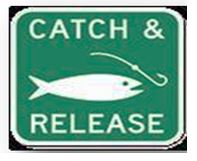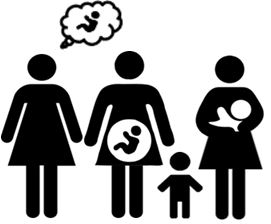lower mystic fish advisory
The Lower Mystic River, generally defined as the Mystic River below the Amelia Earhart Dam in Somerville, is a great place for catch-and-release fishing. This means that fish are caught only for fun and are released back into the water unharmed. However—eating fish from the Lower Mystic River and Chelsea Creek can make you sick and put your family at risk.
Who can eat fish in the Lower Mystic?
Everyone can catch and release fish, though most people should not eat any fish caught from this area.
Shellfishing is not allowed in this area. Nobody should catch or eat any shellfish from this waterbody, including oysters, clams, mussels, crabs, and lobsters.
Children under 12, pregnant women, nursing mothers, and women that may become pregnant should not eat any fish or shellfish caught from this area.
Images courtesy of MA Department of Public Health
Everyone else should eat ONLY bluefish and striped bass from this waterbody.
Everyone else should eat ONLY bluefish and striped bass from this waterbody.
What chemicals can be found in the fish?
Chemicals such as polychlorinated biphenyls (PCBs), mercury, arsenic, and lead were among those measured in fish caught from the Lower Mystic River Area. These chemicals settle into waterbodies from natural and industrial sources. Fish then swallow the chemicals that are in the water and sediment. These chemicals can stay inside the fish and build up inside their muscle or fat over time. Polluted fish can still look healthy.
Who is most sensitive to these chemicals?
Children under 12, pregnant women, nursing mothers, and women that may become pregnant may be at a higher risk of getting sick from these chemicals than other people. There is different advice for these people because it is important that they do not eat too much of a chemical.
What if I ate fish or shellfish from this area in the past?
MDPH’s advice is based the amount of chemical in fish that is safe for everyone to eat over many years. We would not expect you to get sick if you previously ate some fish or shellfish from this area.
Oysters and green crab from this area have high levels of lead in addition to other contaminants. Babies and young children are at a higher risk of getting sick from lead. In Massachusetts, children must be tested for lead multiple times before the age of 4. Talk to your doctor if your child is not up to date on their blood lead testing or you have questions about the chemicals found in these fish and your child’s health. Lead tests can also be taken at local health clinics. You should continue to eat other fish from other locations.
Safe places to fish in the watershed
See the map below for safe places to fish near the Lower Mystic River Area.
examples of polluted fish in the Lower Mystic
project partners
In July of 2018 the Massachusetts Department of Public Health (MDPH) released this fish advisory, in partnership with the Mystic River Watershed Association, to provide guidance on fish consumption in the Lower Mystic Area. All fish advisory information courtesy of the Massachusetts Department of Public Health. The fish consumption study leading to the advisory was completed in partnership with MyRWA, CLF, GreenRoots, Neighborhood of Affordable Housing, Green Harbors Project at UMass Boston, and the Boston University School of Public Health and funded by the Massachusetts Environmental Trust. Outreach for the fish advisory is funded by the EPA Healthy Communities program.
resources
See the Massachusetts Department of Public Health (MDPH) Fish Advisory press release and MyRWA’s press release.
MDPH Fish Advisory Fact Sheets and translations can be found here.
MyRWA English and Spanish Postcards here.
MyRWA Cantonese Postcards here.
Sitio web en español aqui / Spanish website here.
MDPH Freshwater Fish Consumption Advisory List here.
Deep Dive Curriculum Resource for Teachers on fish advisory, sediment pollution, communicating about hazards and the history of the river here.
“Do the most food vulnerable areas in the Mystic River Watershed have access to safe fishing?” storymap by Carolyn Cohen, a MyRWA intern, here.














